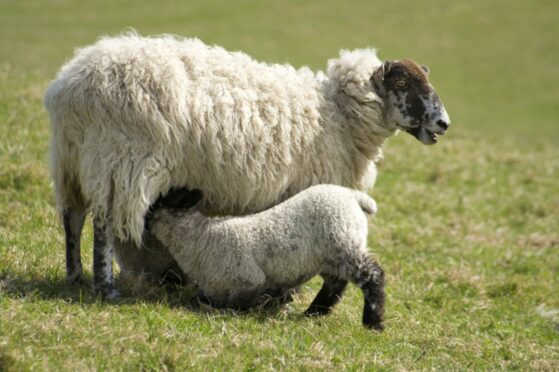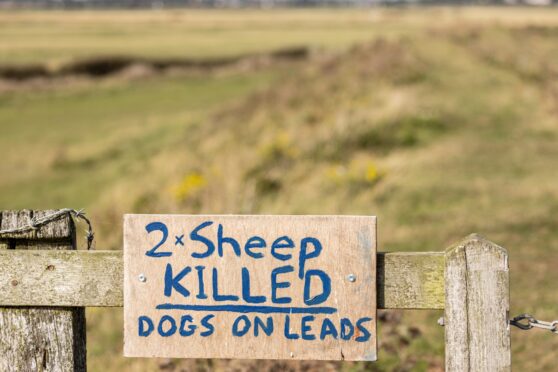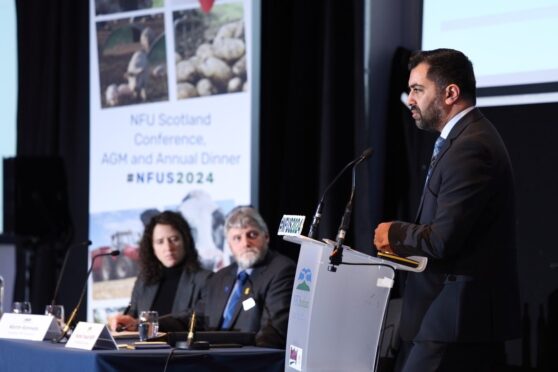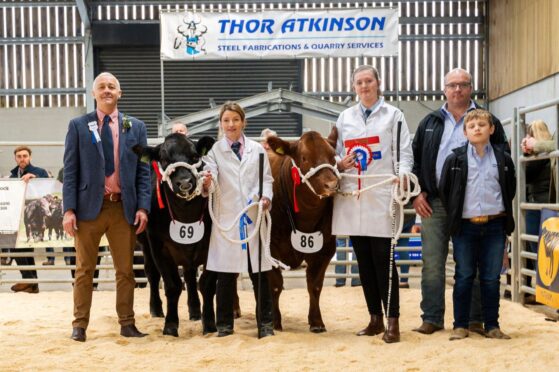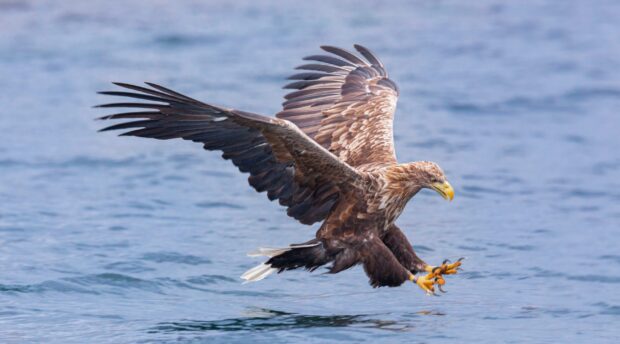Mortalities due to blowfly strike could be costing farmers £209 per lamb and £184 per breeding ewe, according to an updated costing model by the University of Bristol.
The model has been updated to reflect recent changes in farm economics, new information on insecticidal products and the impact of a changing climate.
It is based on a lowland 250-ewe breeding flock rearing an average of 1.5 lambs per ewe, and predicts that 22 ewes and 36 lambs will be struck by flystrike in a medium-risk scenario.
The estimated loss of £209 per lamb is based on the income lost from not selling the animal and the average cost of rearing a replacement lamb.
The loss of £184 per breeding ewe is based on the cost of rearing a replacement ewe lamb and the value of a cull ewe.
Matt Colston, ruminant technical consultant at Elanco Animal Health, who commissioned the update to the costing model, says the figures highlight the financial consequences of blowfly strike and why preventative treatment is paramount.
“The model looks at different management strategies – ranging from no treatment at all, to a combination of different treatments with preventative Insect Growth Regulator (IGR) products and pyrethroid products – in low, medium and high-risk scenarios for strike,” he said.
“In all cases, preventative treatment for ewes and lambs is the most cost-effective strategy and not treating sheep to prevent strike is likely to be the costliest strategy.”
The financial implications on the example farm, based on a 5% mortality rate, are an estimated cost to the farmer of £1,834 – this increases to £3,483 in a high-strike risk scenario.
Mr Colston says although the previous model suggested no treatment was a cost-effective option for low-risk flocks, this is no longer the case.
“Relying on the identification of struck animals and then administering treatment is no longer cost-effective,” adds Mr Colston.
“This is due to an increase in the incidence of flystrike, alongside the higher market value of lambs in comparison to the cost of treatment.”
He encourages farmers to assess their flock’s blowfly risk and to develop a control plan that covers the whole season ahead.
“A lot of farmers don’t realise that if they don’t put their preventative treatment on early in the season, more flies will have reproduced, resulting in higher populations by middle of the summer,” he said.
“By that point, the challenge can be very overwhelming and as this updated costing model shows, the financial consequences can be severe.”
